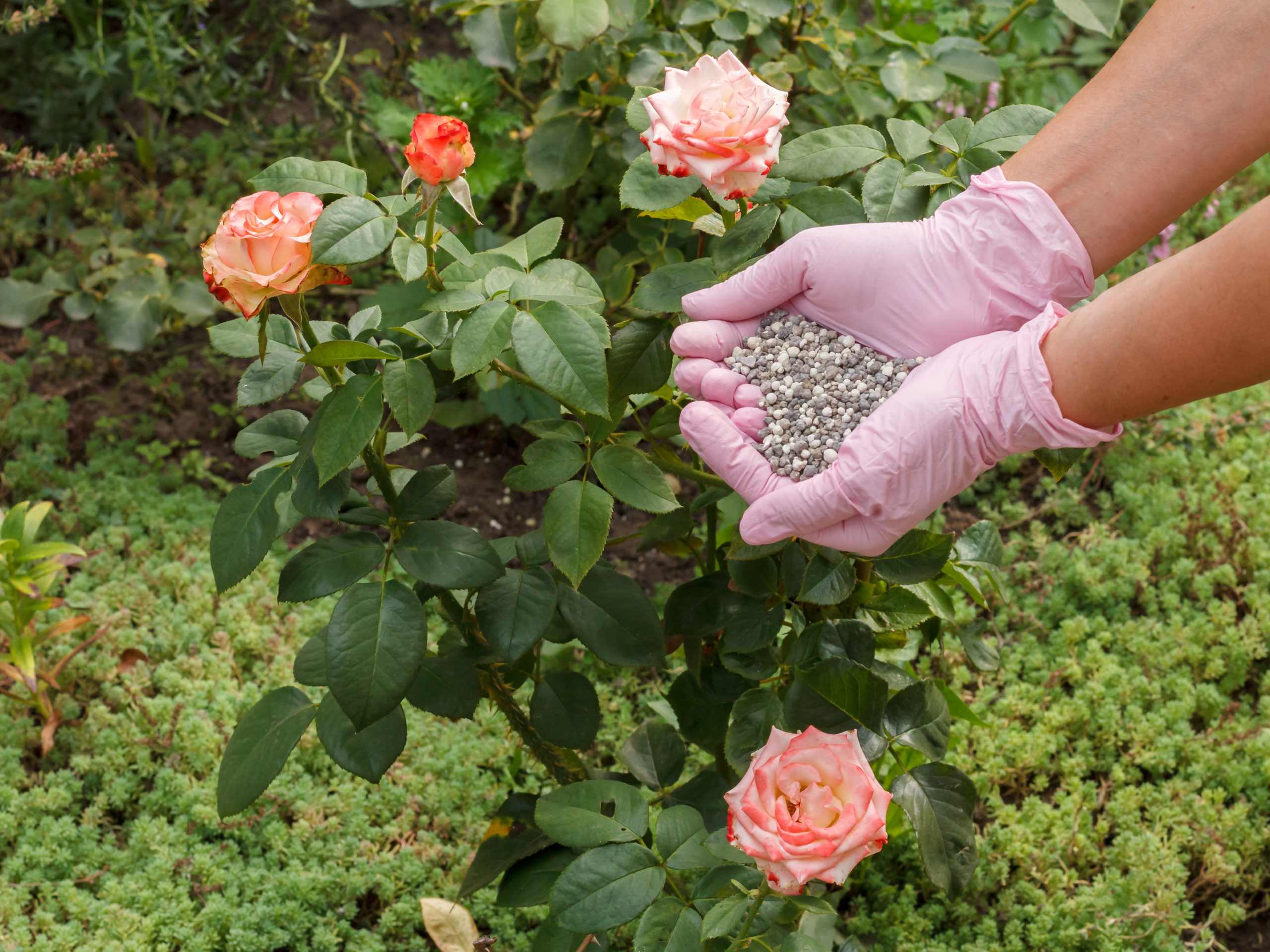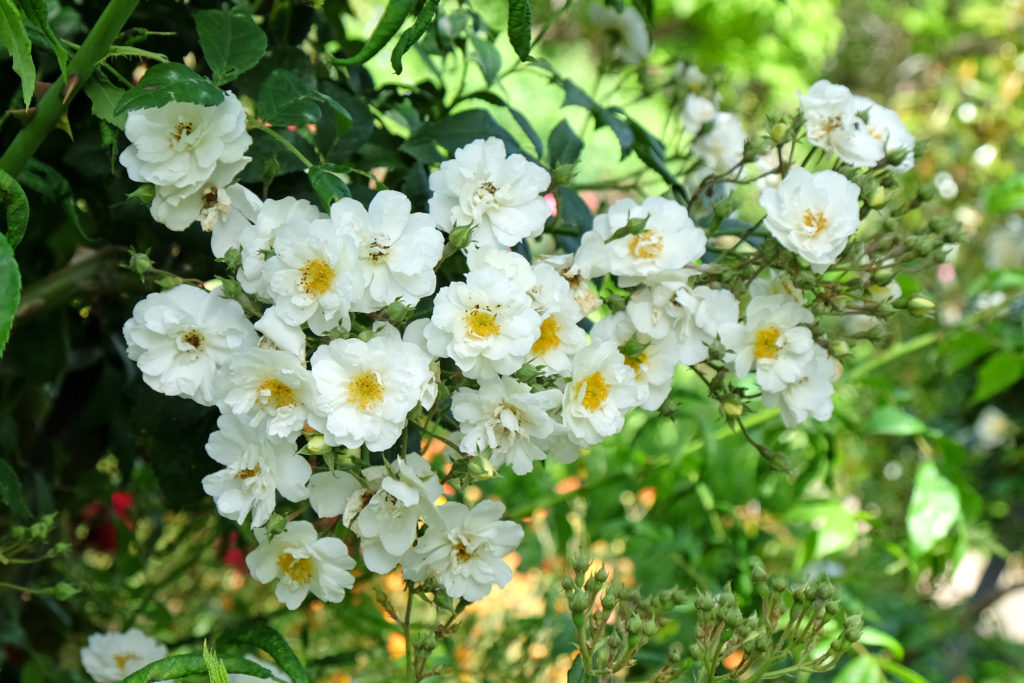Providing the right nutrients to your roses ensures robust growth, disease resistance, and continuous blooming. This guide explains how to feed roses effectively to maintain their health and beauty.
Roses require a balanced diet of essential nutrients to flourish. The key macronutrients they need include nitrogen, phosphorus, and potassium. Nitrogen encourages lush foliage and strong stems, phosphorus supports root development and flower production, and potassium enhances disease resistance and overall plant vigor. In addition to these macronutrients, roses also benefit from micronutrients such as magnesium, iron, and calcium, which contribute to vibrant color, strong stems, and resistance to environmental stress.

Choosing the right fertiliser for roses is important for their overall health. There are several types of fertilisers available, each with its own benefits. Organic fertilisers such as compost, manure, bone meal, and fish emulsion enrich the soil naturally, improve soil structure, and enhance microbial activity for long-term health. Granular fertilisers provide a slow-release formula that ensures a steady supply of nutrients over time. They are best applied every four to six weeks during the growing season. Liquid fertilisers are fast-acting and easily absorbed through foliage and roots, making them ideal for a quick nutrient boost, especially during the blooming phase. Specialised rose fertilisers are formulated specifically to meet the nutritional needs of roses and often include additional trace elements to enhance growth.
Proper timing is crucial when fertilising roses to avoid nutrient imbalances and to encourage optimal growth. The first dose of fertiliser should be applied in early spring when new leaves begin to emerge, using a balanced fertiliser to promote healthy shoot and root development. After the first bloom fades, feeding should be repeated to encourage repeat flowering. During mid to late summer, fertilisation should continue with reduced nitrogen content to prevent excessive foliage growth at the expense of blooms. Fertilisation should stop in late summer to early autumn, about six weeks before the first frost, to allow roses to harden off before winter.
To achieve the best results when feeding roses, it is essential to follow certain application techniques. Watering the plants before and after feeding helps prevent root burn and ensures that nutrients are well absorbed. Applying organic mulch, such as bark or compost, helps retain moisture, improves soil structure, and slowly releases nutrients. Foliar feeding, which involves spraying diluted liquid fertiliser on leaves, can offer a quick boost, but it should be done in the early morning or evening to avoid sunburn. Overfeeding should be avoided, as excessive fertilisation can lead to lush foliage with fewer blooms and increased vulnerability to pests and diseases.
Some common feeding issues rose gardeners may encounter include yellowing leaves, which may indicate a nitrogen deficiency. It can be corrected by applying a balanced fertiliser. Poor flowering may be caused by a lack of phosphorus, in which case a bloom-boosting fertiliser should be used. Weak or leggy growth may be the result of too much nitrogen, which promotes foliage growth at the expense of flowers, so it is important to cut back on high-nitrogen content feeds.
Feeding roses correctly is key to maintaining healthy and beautiful plants. By understanding their nutrient requirements, choosing the right fertiliser, and applying it at the right time, gardeners can ensure that their roses thrive season after season. With proper care, roses will reward their growers with continuous blooms and vibrant foliage, making any garden a stunning display of natural beauty.


